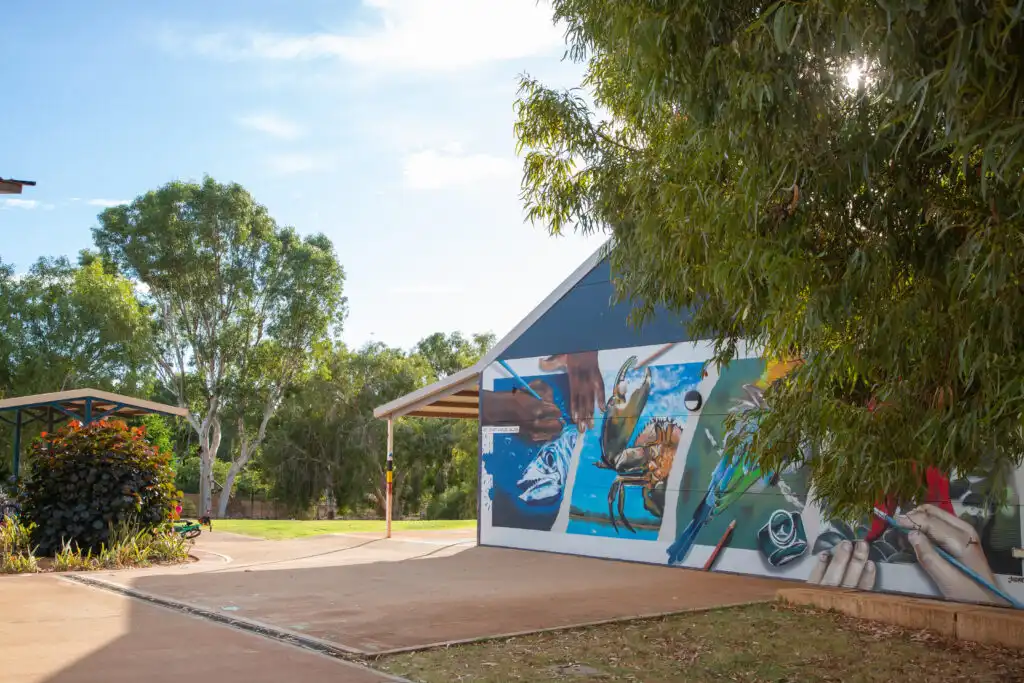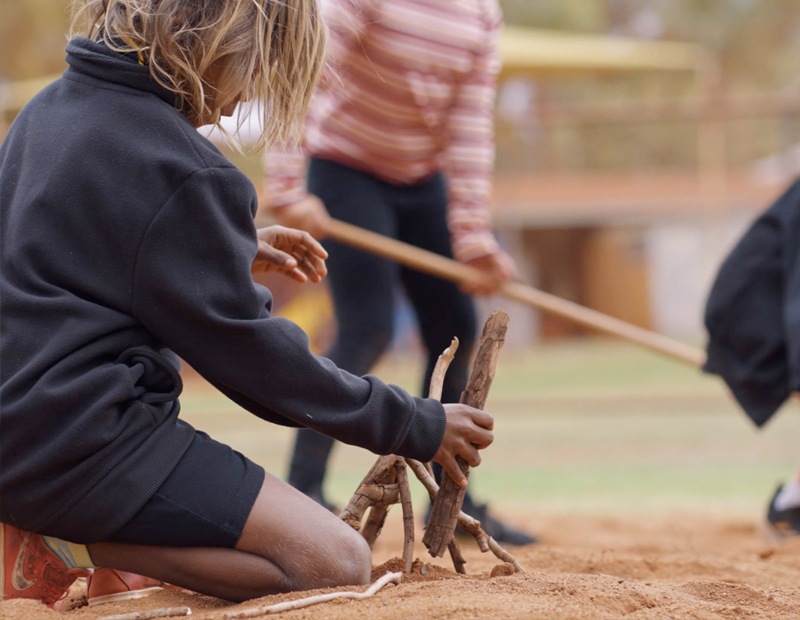As a former teacher, school principal and education executive, education is an area I not only feel comfortable in, but extremely passionate about. Schools are the foundational building blocks of communities and are central to much of the community development work our company Creating Communities Pty Ltd does today.
Schools are where we make our first networks as children, forming life-long friendships. It’s a place where as adults, we make new connections as we manoeuvre our way through parenthood. They are the places where we teach young people the skills they need to be active, engaged contributors to society.
Moving from school leadership to community development at Creating Communities, I now work with schools to look at how they can engage with their local communities to create better opportunities for teachers, students and parents.
It is of concern however that particularly since the pandemic, more and more teachers and school staff are choosing to leave the profession. I realise that I myself am part of the problem, having left the education profession after nearly twenty years of service in 2006 to pursue a consultancy career, but I have never lost my passion for how important a quality education is to the lives of all Australians.

Monash University’s Dr Fiona Longmuir, who specialises in Educational Leadership, has labelled Australia’s current teacher shortage as a generational crisis, pointing out things like teacher numbers and resourcing, unequal access and outcomes and widespread student disengagement as growing cracks in the system.
From countless engagements with local schools and communities, these are some of the issues that have come to light as challenging school communities and where support they need support.
The communications malaise
In this day and age, we are confronted with more information than ever before. Our phones are constantly buzzing with notifications and it’s no different in school communities.
Gone are the days of sending a letter home in a child’s backpack (with the risk of it being buried at the bottom of the bag with an uneaten sandwich) now, school staff are accessible via a variety of different platforms where they are expected to communicate to colleagues; staff; parents and community in ways they previously never had to.
Apps, class dojos, texts, class updates, notices, websites, phone calls, newsletters, emails – the list goes on. Teachers and staff now are expected to use all these platforms to communicate with school stakeholders. The feedback we get from staff is that it is a lot of work in addition to their already busy schedule of teaching. In talking to parents they say that this communications often lacks consistency, and they may get different forms or quality of communication depending on the member of staff.
Parents also don’t always know which communications mediums they should be using for what purpose and we know that when communications break down, it creates a range of challenges.
The plethora of communications tools, rather than simplifying communication, can often lend to greater confusion and lack of real connection.
This is why we recommend each school develops a clear, concise communications strategy and provides guidelines on what tools are used for what purpose. Not only does this empower parents and other stakeholders, it also helps manage the work load for teachers and staff.
Level of expected engagement with the school
The saying really is true – it takes a village to raise a child. Schools always have been a vital part of communities and we know that the high-performing schools are the ones that forge good relationships with external stakeholders to gain support for children’s education, whether that be financial or in-kind.
Schools that fail to plan and strategise how they engage with all stakeholders, both within and outside their school limit the opportunities they can receive in terms of support for their students education and the school.
A focus on relationship development and management is crucial, however this doesn’t happen by chance, it requires a strategy and staff need support, training and resources to best deliver this. If done well, it’s a great investment – not just a cost.
Welcoming and supporting a diverse student population
Society is becoming more aware and accepting of our diversity of cultures, ethnicity, abilities genders, faith and learning styles.
Schools are a reflection of their vibrant, diverse communities. However, we know diversity is not just about hosting a Harmony Day – diversity is also about recognising that each and every student comes with a different background and learning style.
But catering for difference is not easy and can add extra workload in not delivering a “one size fits all” learning offering.
Great schools deliver on what is best for children by being a welcoming community hub for students and families of all backgrounds.
All schools have a role to play in providing one of the most basic rights we have in Australia – an education for all, not just some. As society continues to evolve and change all schools, not just government schools, have a role to play in accepting and embracing all comers regardless of their background.

Over assessment
We know that the one-size fits all approach to education does not deliver what is best for students. Over time, there seems to have been an increased emphasis on in-class testing, standardised testing and measurement. As a community engagement specialist, I know how important it is to monitor and measure progress; this helps to inform us on where the gaps are and assists with planning.
However, at times this goes too far and more time is spent on testing, rather than fostering the joy of learning. You don’t fatten the sheep by continually weighing it, so our education system and schools should be judicious in what they test, why they test and how they will use that information to inform future decisions.
Administration and non-teaching related requirements
We’re seeing more and more teachers leave the profession because they are over-worked and feel under-supported. Much of this is due to the plethora of policies and procedures that are often informed in reaction to particular issues; incidents and priorities.
The challenge is to not keeping adding more and more policies and procedures on to the pile. It seems like while more is added, nothing ever gets removed.
Systems and strategy need to be implemented to determine whether or not new policies and procedures will make a positive impact on student learning – if not, then maybe it’s worth reconsidering.
This is where good engagement with staff, student and parents comes in to play.
Above all, let kids be kids.
We are only kids for such a short time.

The most effective early childhood educators understand that play is an essential form of learning in the early years. It helps students learn how to problem solve; develop key learning skills; and it builds their interpersonal skills so they become motivated and successful learners.
Sadly, early childhood education, particularly at Kindergarten level is seeing more formalised instruction around literacy and numeracy, which is forced on students from a younger age and at times, completely out of context to their lives and stage of development, with a sole focus on academic performance. Play helps children to learn how to learn through exploration, negotiation, visualisation and collaboration. It forms the foundation needed to learn numeracy and literacy. Teachers who have experience and expertise in delivering play-based learning should be encouraged to use their skills and knowledge in this area rather than undermined and made to feel that play based learning is less important than direct instruction of literacy and numeracy.
Children’s minds should be allowed to develop and grow through play and wonderment. Australia has the world’s longest period of compulsory education, 2 years greater than the OECD average. It’s no surprise Scandinavian countries outperform school systems around the world, despite their children starting school much later, spending more time playing and with their family before starting school. Children are not little adults and should not be treated as such.





